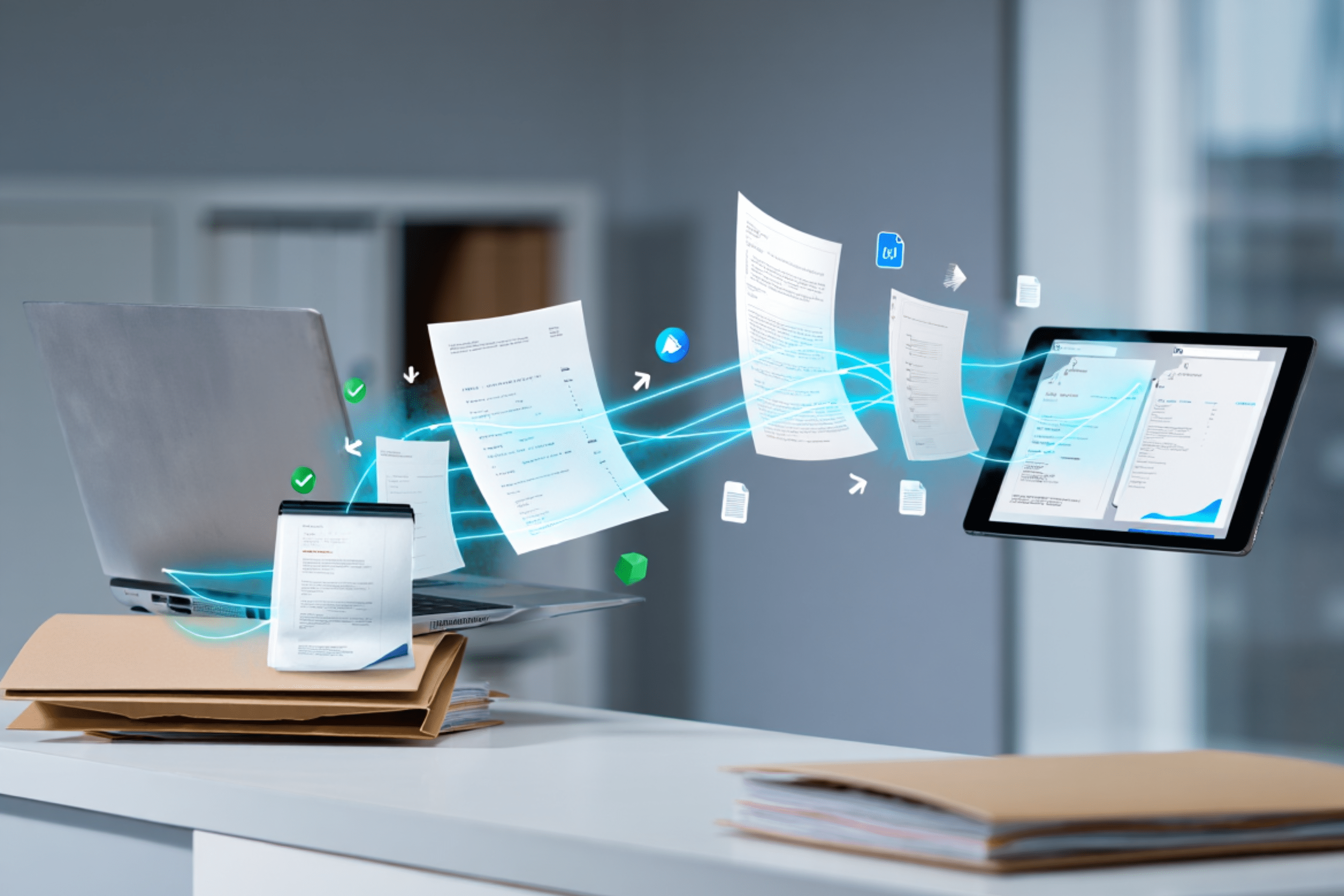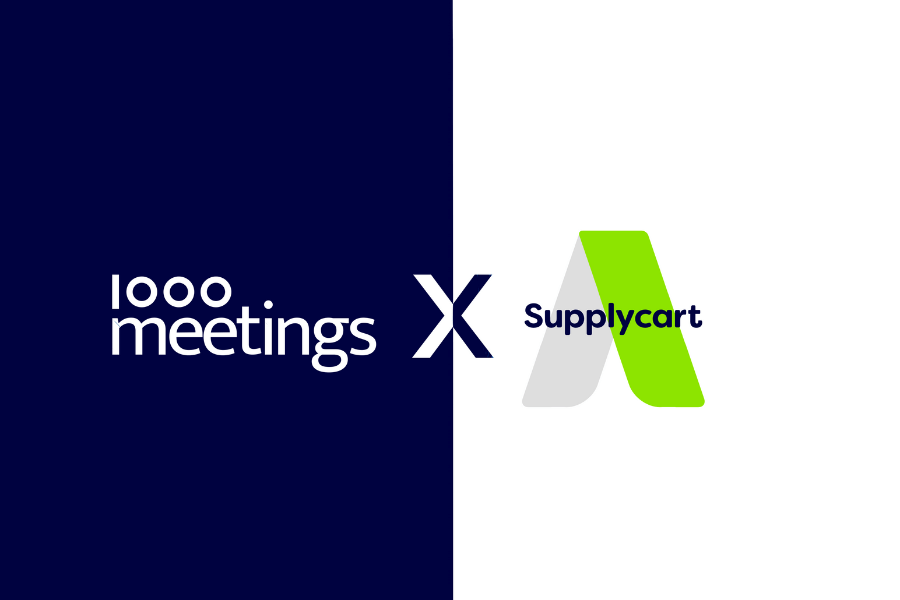What is a Purchase Order (PO)?
A purchase order (PO) is a legally binding document issued by a buyer to a supplier, outlining the details of a purchase, including quantity, price, and payment terms. It serves as an official authorization for a transaction and ensures that both parties have clear expectations before the goods or services are delivered.
Many businesses use purchase orders to streamline procurement, track spending, and enforce compliance. However, managing POs inefficiently can lead to delays, miscommunication, and budget overruns. This guide covers everything you need to know about purchase orders, including best practices, common pitfalls, and how they compare to other procurement documents.
Why Are Purchase Orders Important?
Purchase orders provide several key benefits, including:
✅ Financial control: Ensuring that purchases align with budget approvals.
✅ Legal protection: Acting as a contractual agreement between buyer and supplier.
✅ Accurate record-keeping: Helping with audits and financial reporting.
✅ Procurement efficiency: Reducing unauthorized spending and errors.

The Purchase Order Process & Best Practices
To ensure smooth procurement operations, follow these five key steps in the PO process:
Step 1: Purchase Requisition
• An employee or department submits a purchase requisition for approval.
• The procurement team verifies details like budget and necessity.
Step 2: Purchase Order Creation
• The buyer generates a purchase order, detailing the supplier, items, quantity, price, and payment terms.
• The PO is sent to the supplier for approval.
Step 3: Supplier Acceptance
• The supplier reviews and either accepts or requests modifications to the PO.
• Once accepted, the PO becomes a legally binding contract.
Step 4: Order Fulfillment & Delivery
• The supplier delivers the goods or services as per the PO specifications.
• The buyer inspects and verifies the delivered items.
Step 5: Invoice & Payment Processing
• The supplier issues an invoice referencing the PO.
• The buyer processes payment after verifying that the invoice matches the PO and delivery receipt (three-way matching process).
Best Practices for Efficient Purchase Order Management
✅ Automate PO creation using procurement software to reduce manual errors.
✅ Implement approval workflows to prevent unauthorized spending.
✅ Standardize PO templates for consistency and clarity.
✅ Track POs in real-time to monitor order status and spending.
✅ Conduct regular audits to ensure compliance and prevent fraud.
Purchase Order vs Other Procurement Documents: Key Differences
Many businesses confuse purchase orders with invoices, contracts, and requisitions. The table below breaks down the key differences:
| Feature | Purchase Order (PO) | Invoice | Contract | Purchase Requisition |
|---|---|---|---|---|
| Purpose | Authorizes a purchase | Requests payment | Legally binds a deal | Internal request for purchase |
| Who Creates It? | Buyer | Seller | Buyer & Seller | Employee or department |
| Key Details Included | Item, quantity, price, terms | Itemized charges, due date | Terms, scope, obligations | Request details, budget |
| When Used? | Before purchase | After goods/services delivered | Before work begins | Before a PO is created |
Understanding these differences helps businesses streamline procurement and avoid confusion between financial documents.
How to Optimize Your Purchase Order Process
Companies looking to improve their procurement efficiency should consider:
1. Automating POs with Procurement Software
Manual POs can lead to errors and inefficiencies. Cloud-based procurement software automates PO creation, tracking, and approvals, ensuring real-time visibility into orders.
2. Integrating POs with Accounting & ERP Systems
Connecting your PO system with ERP or accounting software reduces administrative work and improves financial reporting accuracy.
3. Implementing Three-Way Matching
Matching the PO, invoice, and delivery receipt ensures that payments are only made for received goods, preventing fraud and discrepancies.
4. Setting Up Spend Controls & Approval Workflows
Configuring approval limits ensures that purchases adhere to budget policies and prevent unauthorized transactions.
FAQs About Purchase Orders
1. Do all businesses need to use purchase orders?
While not legally required, POs help businesses maintain structured procurement processes, minimize errors, and improve financial accountability.
2. Can a purchase order be canceled?
Yes, a PO can be canceled if both the buyer and supplier agree before fulfillment. Terms for cancellation should be outlined in procurement policies.
3. How do purchase orders help with budgeting and spend control?
POs provide a clear record of approved purchases, allowing businesses to track expenses and avoid overspending.
Final Thoughts
A well-managed purchase order process can transform procurement efficiency, reduce financial risks, and improve supplier relationships. Whether you’re a small business or a large enterprise, implementing best practices in PO management is crucial for operational success.
Want a concise summary of the must-know facts about purchase orders? Read 7 Things You Must Know About Purchase Orders.
About ADAM
ADAM empowers businesses with cutting-edge workflow and procurement technology, enabling seamless digitalization and enhanced spend management.
As a leading e-procurement solution, Supplycart is dedicated to delivering simplicity, clarity, and value, ensuring a streamlined procurement experience.
Stay updated on insights, trends, and updates geared for the procurement community delivered to your inbox.
Up next
See ADAM in action.
Get started and our friendly team will take care of the rest.
Explore how ADAM can transform your vendor management strategy today.




